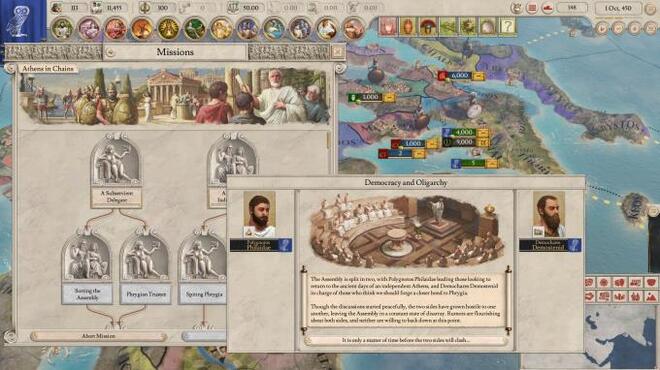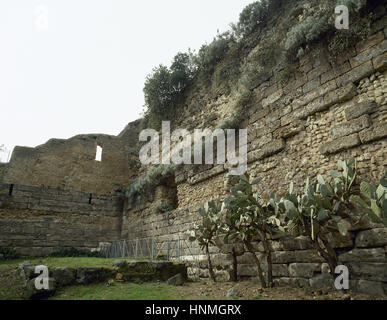

He argued that the morning star and the evening star were the same (i.e. He did not call himself a sophist (or, "one who knows", "wise man") but only a philosopher ("one who seeks or wants to know", "a lover of wisdom"), a word Pythagoras may have invented. 582 B.C.), but he established his school in Croton (Crotone). He was born on the distant side of the Aegean Sea, on the Greek island of Samos (c. The philosopher Pythagoras, as his name suggests, was a follower of Apollo. And there died Xenophanes of Colophon.Īt about the same latitude as Leontini but on the western coast of Sicily, the Greek city of Acragas (Agrigento) was the home of the philosopher Empedocles (484-424), a very early advocate of atoms (or simple elements "roots" was the word he used), of which he thought there were four (earth, water, air, and fire) which combined and uncombined as they attracted or repulsed one another but did not themselves change. From the Italian peninsula came Parmenides of Elea (or, Velia, of which only ruins remain), and Zeno of Elea, the author of the Paradoxes. 399 B.C.) Athens was in fact the birthplace of only two of the Greek philosophers, Socrates and Plato. Just north of Syracuse was the city of Leontini (Lentini), the birthplace of the Sophist Gorgias who taught in Athens at the time of Socrates (d. Plato visited the city-state three times, but failed there to transform the tyrant's son into a philosopher-king. Athens had sent an expedition to conquer Syracuse, but it was defeated. Syracuse (Siracusa) was the birthplace and home of the mathematician and scientist Archimedes (c. 525-456), the playwright who fought at Marathon (490 B.C.), "died in the wheatlands of Gela" (it says in the epitaph he wrote for himself) and is buried there. On the island of Sicily, Aeschylus of Athens (c. After fleeing Troy, Aeneas is told in a dream to settle in "a country far away to the west, Italy - in those days called Hesperia, the Western Country" (Hamilton, Mythology (1942), iv, 4, 1). This area may also be thought of as forming part of "western Hellas". The Romans called the Greek colonies in southern Italy, excluding Sicily, Magna Graecia (meaning extended or "greater Greece"). The Greeks called south-western Italy Oenotria. However, during the reign of Emperor Augustus the eastern part of Molise was placed in the administrative region of Apulia and Calabria. That this was Samnite land is testified to by names such as Monti del Sannio (a mountain range just southwest of the village of Gambatesa), Via Appulo-Sannitica ("The Apulia-Samnium Way", the old road connecting the provincial capital cities of Campobasso and Foggia which passes through Gambatesa), and towns such as Morrone del Sannio, Sant'Elena Sannita, Mirabello Sannitico, among many others. modern Molise was within the administrative territory of Samnium. (Although a people called "Brutti" lived in the toe, the name Bruttium is not found in ancient sources.)

While "Lucania" is still the name applied to Lucania (the Italian Region of Basilicata), Calabria is now the name of the Italian Region located, not in the peninsula's heel, but in its toe. Neapolis (Naples) and the nearby island of Pithecussa (Ischia) were Greek colonies (Even well after it was conquered by Rome, the primary language of Naples was Greek). Both the islands of Sardinia and Corsica were Carthaginian territory. Last revised: November 2002, with many minor changes after that.) Italy in the 3rd Century B.C.Īt the time of this map, Roman territory extended northwards about 125 miles from Asculum (Ascoli Piceno) to just beyond Florentia (Florence) and ended in the south at the Strait of Messana (Messina).

The sources for these notes are cited, where remembered.

(Warning: much of what follows is only my opinions, and I am not an historian. Map 23 in Historical Atlas of the World (Edinburgh, 1970 original edition: Oslo, 1962), adapted by RWA for the Internet. Map Source: "Italy Before the First Punic War 264 B.C." drawn by Berit Lie.


 0 kommentar(er)
0 kommentar(er)
